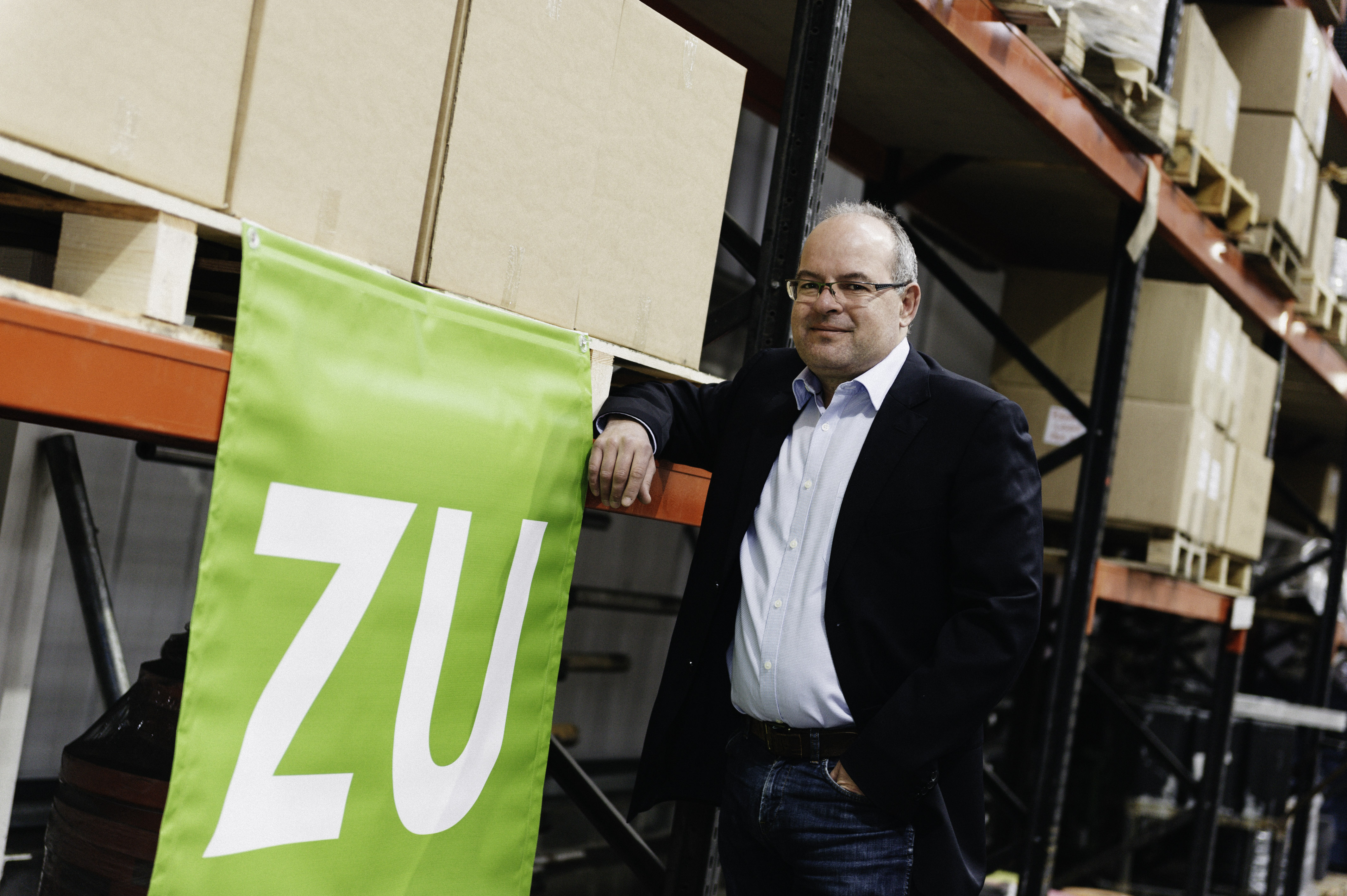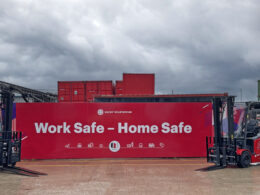It’s common knowledge that e-commerce has grown hugely over the last 15 years, with websites such as Amazon and Ebay shaping online shopping patterns. While drafting this blog, I came across research that revealed a huge £133bn was spent online with UK retailers last year. This is £18bn more than 2015, and the research, conducted by IMRG Capgemini eRetail Sales Index, forecast a further 14% growth is for this year.
But what does this mean for retailers with an online presence? Well, unsurprisingly, such rapid growth has presented many of them with growing pains, leading to a total reconsideration of their own stock models, in the context of the cannibalisation of their own physical stores leaving many seeking new ways of using space in their existing estates.
This, coupled with the depletion of warehouse space in London and the South East in particular and long timescales to create new facilities, means SME manufacturers and new e-commerce businesses are facing problems when it comes to sourcing storage solutions.
However, could this issue be resolved by utilising the shared economy model that already is working so successfully on a number of other collaborative platforms? It’s no secret that the model is a huge success in B2C and C2C markets such as accommodation, lift-sharing, pet-sitting, crowdfunding and peer-to-peer lending, but, if applied to the warehousing industry, could it reshape the sector?
The application of a shared economy model within the warehousing sector has coined a new term – on-demand warehousing – and this has resulted in companies creating matching sites, such as those popularised by Airbnb, to pair those with spare space with those needing storage solutions. Some of these sites are going beyond the common and simple ‘list and connect’ methods employed elsewhere, and are actually utilising a mini warehouse management system. These platforms allow customers to manage their stock located in third party warehouses.
Of course, warehouse providers and customers can be one and the same – a business that has too much warehouse space can offer it for third party warehousing to those businesses that have filled their warehouse and need additional pallet storage, whether structurally or seasonally. Equally, a seasonally biased manufacturing or distribution business may be a storage provider for some of the year and a user of others’ warehouse space when in their seasonal peak.
There are many reasons to require short term storage of course, including seasonality, peak requirements, promotional stock builds, over-stocks from missed sales-forecasts and the desire to move slow moving or obsolete pallet stock from the front line. Or simply a fast-growing business that can’t wait for new warehousing premises.
The model also extends beyond the dynamics of short-term storage. In addition to ‘emergency outsourcers’, there are ‘tactical outsourcers’ using on-demand solutions. These are often businesses that have outgrown their warehousing capacity and instead of building or leasing new premises they use on-demand warehousing for their marginal requirement without capital investment and/or ongoing fixed costs. A win for everyone.
So, will on-demand warehousing be able to change how businesses think about how and where they source warehousing space? Personally I think we have to give this, like any new model, time to find its feet, and look at the added value it can offer to both providers and users. If it does take off the sustainability implications of higher utilisation rather than building anew are significant – perhaps even enabling some fields in this green land to remain green.













